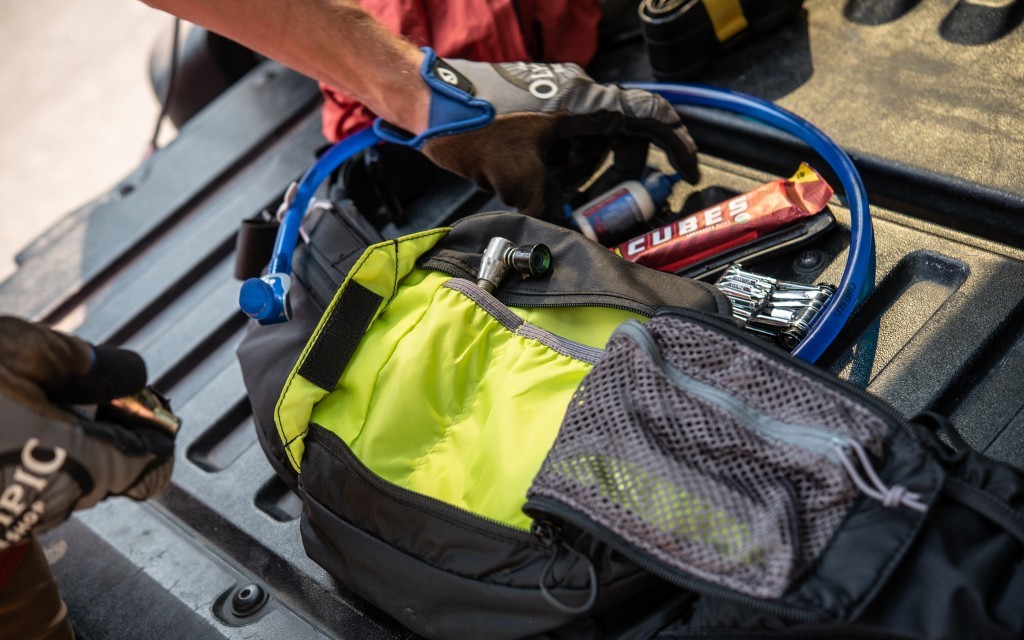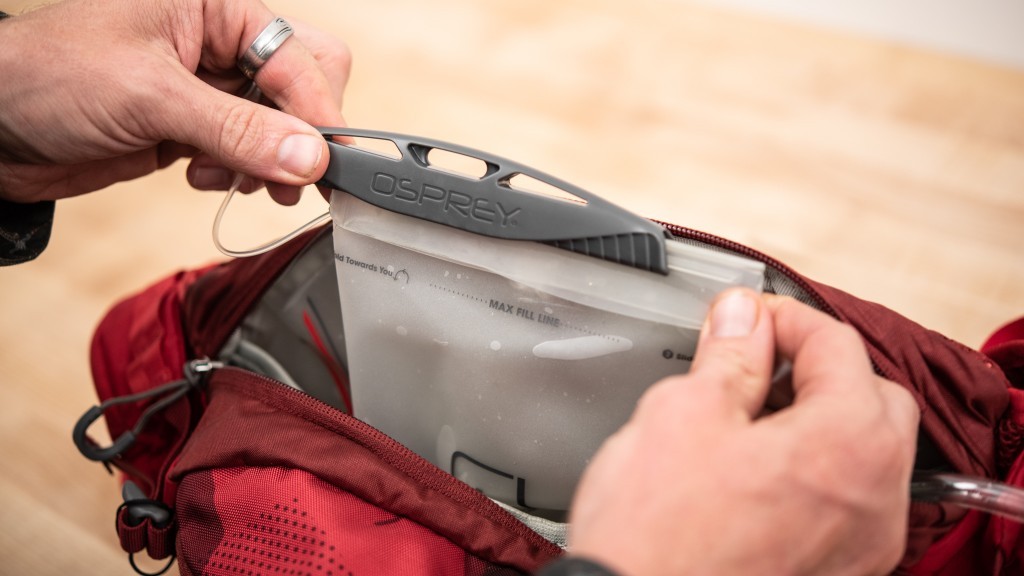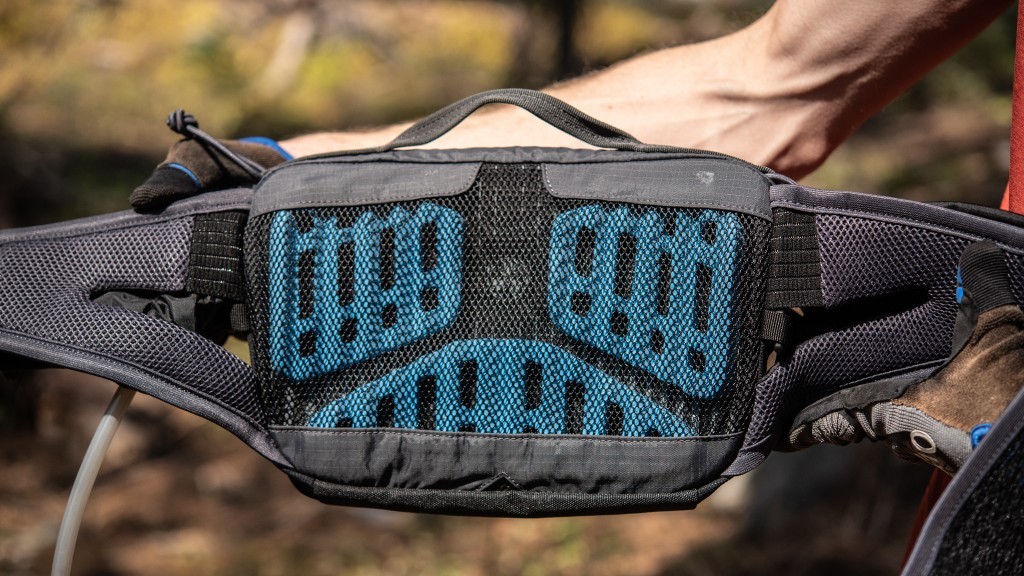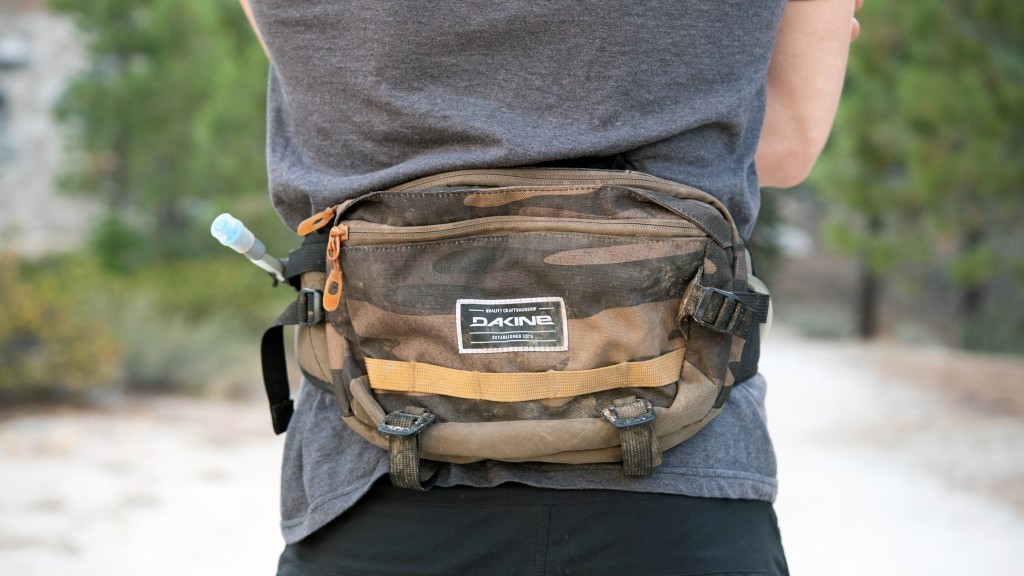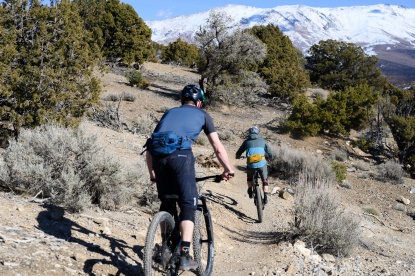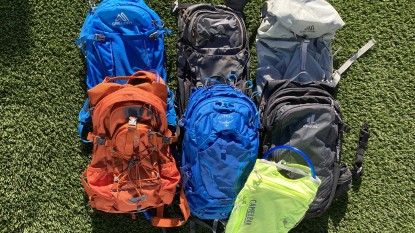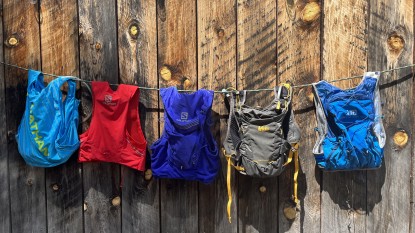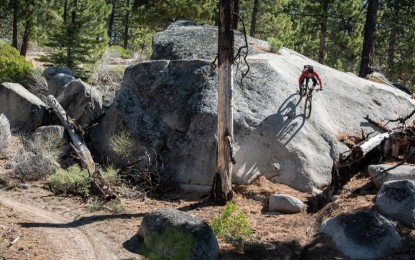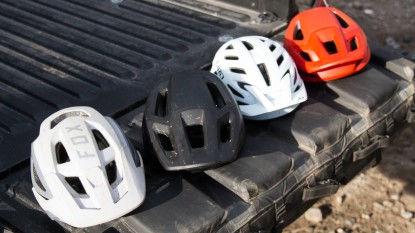Are you considering purchasing a new hip pack for mountain biking? Well, you have come to the right place. We tested nine of the most compelling mountain biking hip packs on the market, the best of the best from the most compelling and reliable brands in the industry. Needless to say, we've learned a ton over our time doing this and have a lot to say. Read on to see if a hip pack is right for you and what attributes you should consider so you can have the best ride possible with your new piece of gear.
Do I Want A Hip Pack?
When shopping for a hip pack, the first step is deciding whether you really want one. This is an obvious statement but it is worth considering. Hip packs are a relatively new product in the mountain bike world, and they may not be the best choice for every rider. There is a chance that a traditional backpack is still a better choice, given your needs.
Related: Best Hydration Packs of 2024
While some of the hip packs in our review have generous amounts of storage, backpacks still offer far more storage capacity. If you are the type of rider who likes to bring along lots of supplies, tools, and a beer or two, the backpack is definitely still a better choice compared to a hip pack. When taking a dive into the wonderful world of hip packs, most riders will have to be a little more selective about which items they carry with them.
When you are on the trail, the hip pack has many distinct advantages over a backpack. This point cannot be stressed enough. Having a cool, dry, and airy back is an enormous benefit of a waist bag. Perhaps just as important, having cargo weight placed on the lumbar works to your center of gravity in a supported and stable location. A backpack tends to flop around on slow, awkward, maneuvers, or super rough terrain. This can be annoying and awkward if your backpack is hitting you in the back of the head. A hip pack is more much likely to stay put.
A backpack is still a viable option for the packrat. If you are riding in a climate with drastically changing temperatures and need to bring extra layers, heavier gloves, and shoe covers, the backpack is a great option. In addition, if you plan on going on big rides and need to bring lots of food, the backpack has obvious advantages. A backpack can fit a footlong sub. A hip pack probably can't.
Identifying Your Needs
Before diving in and trying to make sense of the countless flashy features of hip packs, it is important first to identify your needs. If you have a clear idea of what you need out of your waist bag, it will be far easier to narrow down the numerous options.
Will this be your only mountain biking pack? Is this new bag going to replace your old backpack entirely? Or, will this be a supplemental piece of gear used on short rides only? If it is secondary to a backpack, do you even need a hydration system?
It is very important to be honest with yourself about your riding. Everyone wants to go out on full-day, 8-hour, 40-mile, mega rides. That said, the majority of us lead very busy lives, and we tend to squeeze our rides into small timeslots. Maybe it is a dawn patrol lap before work or perhaps you stop for a ride on the way home from the office. How long is your average ride? What time of day do you usually ride? What does the temperature normally look like?
All of these questions are quite important to help identify your needs. Going into the research and purchase process with a narrower and more accurate scope will make the experience far easier.
Carrying Capacity
Carrying capacity is a very important consideration. You don't want to buy a hip pack based on the looks only to realize that you can't fit everything you want to carry. Conversely, if you don't need to carry many items, there is no sense to getting a hip pack with a lot of storage space only to use 50% of it.
If you need a pack that works for big, long rides, the Osprey Seral is a no-brainer. This pack has loads of space for all of the tools, snacks, and water you could need to haul. In addition, it has space for an extra layer or a rain shell. You could be challenged stuffing all of these supplies in a more compact bag.
If your kind of ride is 2-3 hours, you have plenty of options. The vast majority of packs work well in this situation. The EVOC Hip Pack Pro is far and above the most dialed bag in our review and is perfect for these mid-length rides. It can carry a serious amount of water as well as some bars, tools, a tube, and a wallet/keys/phone. Don't expect to put a full-blown sandwich or multiple extra layers in there, though.
Are you a fan of the hot laps? Maybe your job and family situation force you to squeeze a lot of riding into short 60-90 minute time periods. The minimalist hip pack is the obvious choice. With a pack like the Bontrager Rapid Pack, you can carry the bare essentials. A bottle of water, a tube, some CO2 and maybe a bar. The simplicity of this pack and those like it is the appeal — they are the closest to wearing nothing at all.
Hydration System
You need to drink water when you are out on a ride. Even on a quick lap, almost every rider wants to bring a little bit of water along. A lot of hip packs have a hydration bladder system, while others simply have pockets/sleeves for water bottles. You know your body and will know better than anyone how much water you should have with you for any given ride.
Some of the simple, minimalist, bags like the Bontrager Rapid Pack do not have hydration bladders. This is nice if you can get away with a little less water. Not having to fuss with a hose or clean out the bladder is fantastic. Plus, what is easier than simply filling a water bottle and stuffing it in a pocket. The obvious catch is you are quite limited in the amount of water you can bring, even when used in conjunction with a bottle cage on the bike.
Many bags have a hydration bladder system. The number of hip packs with this feature has risen significantly in the past couple of years. This has been an important step for the evolution of the hip pack as it has made them a whole lot more capable and sensible. In our experience, the hydration bladders in hip packs generally have 1.5 liters of capacity (roughly two large water bottles), which is enough for about a 2-3 hour ride depending on the person and the temperature. Some bags, like the EVOC Hip Pack Pro, have hydration bladder systems and slots for water bottles and you can carry a lot of H2O or choose between bottles or a bladder system.
Shape and Style
The shape of a hip pack is important. Just like the human body, not all bags come in the same shape and size. Some have a larger area that sits against the lumbar, while some are smaller. In addition, some bags have more of a rectangular orientation that takes up more space east to west on your back. Others have a taller shape in the north-south direction. It is important to consider the shape and size of your torso to find a sensible option.
As with anything, styling is a consideration as well. You want to wear a piece of gear that looks good. Nobody wants to roll up to the trailhead with a frumpy hip pack. Of course, beauty is in the eye of the beholder, and this is a highly personal matter.
Conclusion
There you have it: our best advice for buying a hip pack for mountain biking. We suggest being realistic and honest with your needs and riding to help you select the appropriate features.




